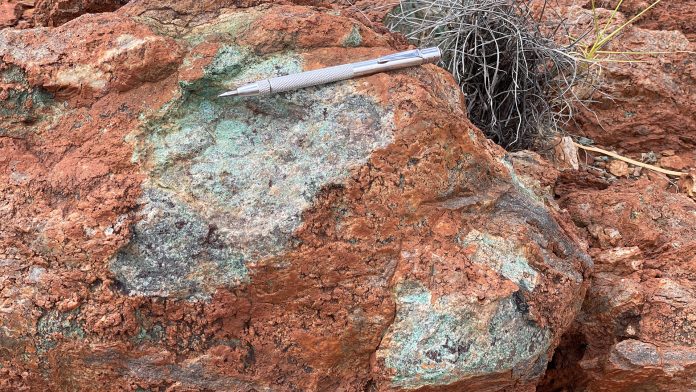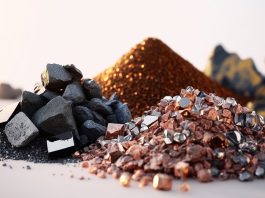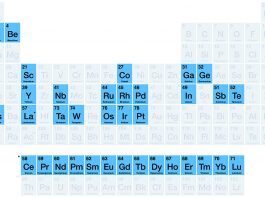Rincon Resources’ exploration of Australia’s newest critical mineral province, the West Arunta Region, has yielded highly promising results thus far.
Rincon Resources is an Australian minerals exploration company with a keen eye on Western Australia’s mineral-rich landscapes, where it has set its sights on unlocking the untapped potential for big copper and rare earth element (REE) deposits.
Boasting a portfolio of highly prospective projects, Rincon is making notable progress, particularly within the dynamic West Arunta region, which is fast earning acclaim as one of Australia’s most exciting critical mineral provinces.
This article offers detailed insight into Rincon’s West Arunta Project, shedding light on its promising copper and REE prospects while highlighting recent developments that underscore its trajectory towards success.
Discovering West Arunta’s mineral wealth
Rincon’s West Arunta Project, spanning over 260km², is located along the Central Australian Suture, a major zone of structural complexity that separates the Aileron and Warumpi Provinces and marks the southern margin of the North Australian Craton (Fig. 1).
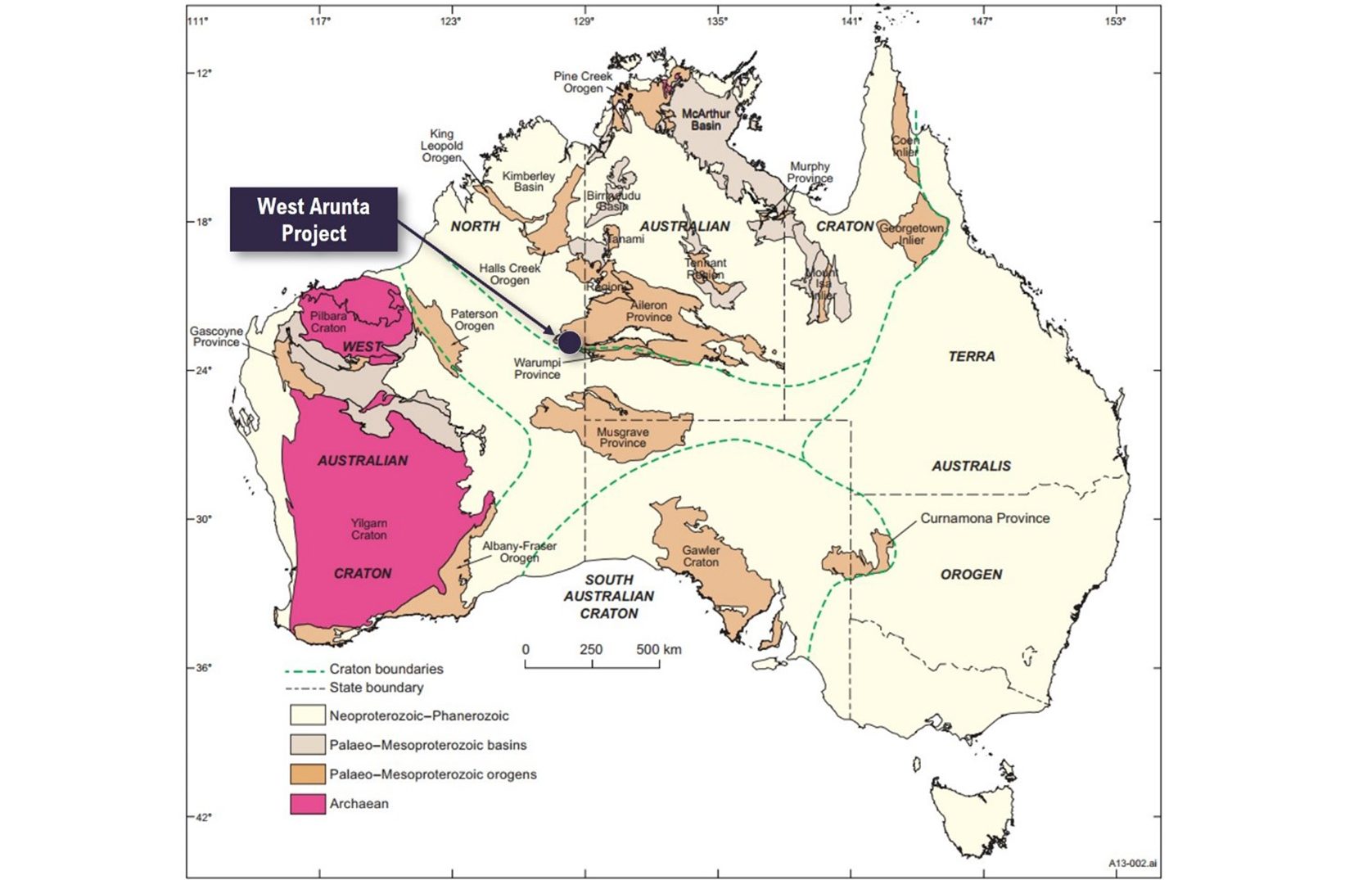
Renowned for its geological significance, this region has witnessed a recent surge in exploration activity, highlighted by WA1 Resources’ 2022 discovery of the massive high-grade ‘Luni’ niobium/REE deposit, which, alongside its well-documented copper, gold, and uranium prospects, has catapulted the area into the spotlight.
Historic exploration and potential at West Arunta
The West Arunta Project brags a rich history of exploration, supported by Ashburton Minerals’ pivotal and recent advancements of widespread significant copper mineralisation at Pokali, validating it as an Iron Oxide Copper-Gold (IOCG) system during the mid-2000s.
Notable historical drilling results include: 14m @ 1.01% Cu from 168m (PKC024), contained within a mineralised zone of 62m @ 0.39% Cu, and 6m @ 1.36% Cu from 100m within a mineralised zone of 32m @ 0.46% Cu (PKC023).
Unearthing potential in 2021
In 2021, amidst negotiations with the Kiwirrkurra People for land access, Rincon focused on establishing the groundwork for a robust exploration campaign. This involved conducting photo-geological mapping, site reconnaissance, rock-chip sampling, and target generation, as well as acquiring, re-processing, and interpreting historical geophysical datasets.
The photo-geological mapping exercise unveiled more than twenty initial target areas warranting further investigation, whilst geophysical data re-processing and interpretation offered new and valuable insights into the project’s structural framework, guiding Rincon’s early exploration approach.
Paving the way for 2022
Building upon its 2021 technical successes, Rincon expanded its project landholding by acquiring additional exploration licenses and secured its first co-funding grant of $150,000 through the Western Australian Government’s Exploration Incentive Scheme (EIS) for a maiden diamond drilling programme, demonstrating its dedicated pursuit of regional exploration advancement.

Following the eventual execution of a Land Access Agreement with the Kiwirrkurra People, the company promptly commenced a heritage clearance survey, a vital precursor to the planned EIS co-funded diamond drilling programme. The West Arunta Project was gearing up for a significant exploration phase in late 2022.
Progressing through 2022
Rincon intensified its focus on IOCG-style copper mineralisation, elevating thirteen of its initial twenty targets for further investigation. Central to this effort was the Pokali Prospect, where plans were now well underway for an inaugural RC and diamond drilling campaign to test two high-priority gravity targets at the earliest opportunity.
The final step before turning the drill bit was obtaining a Ministerial Entry Permit and a Consent to Mine endorsement from relevant Government departments. These were received in October 2022, ultimately too late to commence drilling that year, but permitted the company to conduct its first site reconnaissance visit and an airborne geophysics survey.
Advancements in 2023: The hunt for REEs commences
Entering 2023, Rincon’s operations regained momentum as results from an airborne geophysics survey identified several new anomaly areas east of Pokali. Mapping and rock-chip sampling efforts also unveiled significant gold, copper, and silver findings at Pokali East, alongside a promising new REE zone of interest at Pokali North. Notable rock-chip results reported by the company include:
Pokali East
KWRK075 – 9.23% Cu
KRWK001 – 5.71% Cu, 5.75g/t Au & 5.25g/t Ag
KWRK043 – 1.20% Cu, 2.87g/t Au & 5.07g/t Ag
Pokali North
KWRK094 – 0.48% TREO
KWRK104 – 0.43% TREO
KWRK070 – 0.29% TREO
KWRK107 – 0.26% TREO
KWRK017 – 11.2g/t Ag
KWRK020 – 10.7g/t Ag
The initial REE result of 0.29% (2,900 ppm) TREO at Pokali North spurred the company to adopt a dual exploration strategy focusing on both copper and REEs. Remarkably, the REE anomalism is also proximally adjacent to the high-grade copper mineralisation at Pokali East, together forming a combined copper/REE system spanning over five kilometres in strike length, emphasising the significant scale of the system.
In light of the new findings showcasing the extensive and diverse mineralisation throughout the entire outcropping area of Pokali, the company enlisted an independent expert geochemist to review and interpret both its new and existing geochemical datasets.
Unsurpisingly, the review confirmed there was a massive hydrothermally driven mineralisation system at Pokali, characterised by two distinct and discrete metal zonations derived from separate fluid source types, oxidising (Pokali East) or reducing (Pokali North).
A copper-gold-silver dominant system exists at Pokali East, as expected. This is contrasted by a tin-tungsten dominant system at Pokali North.
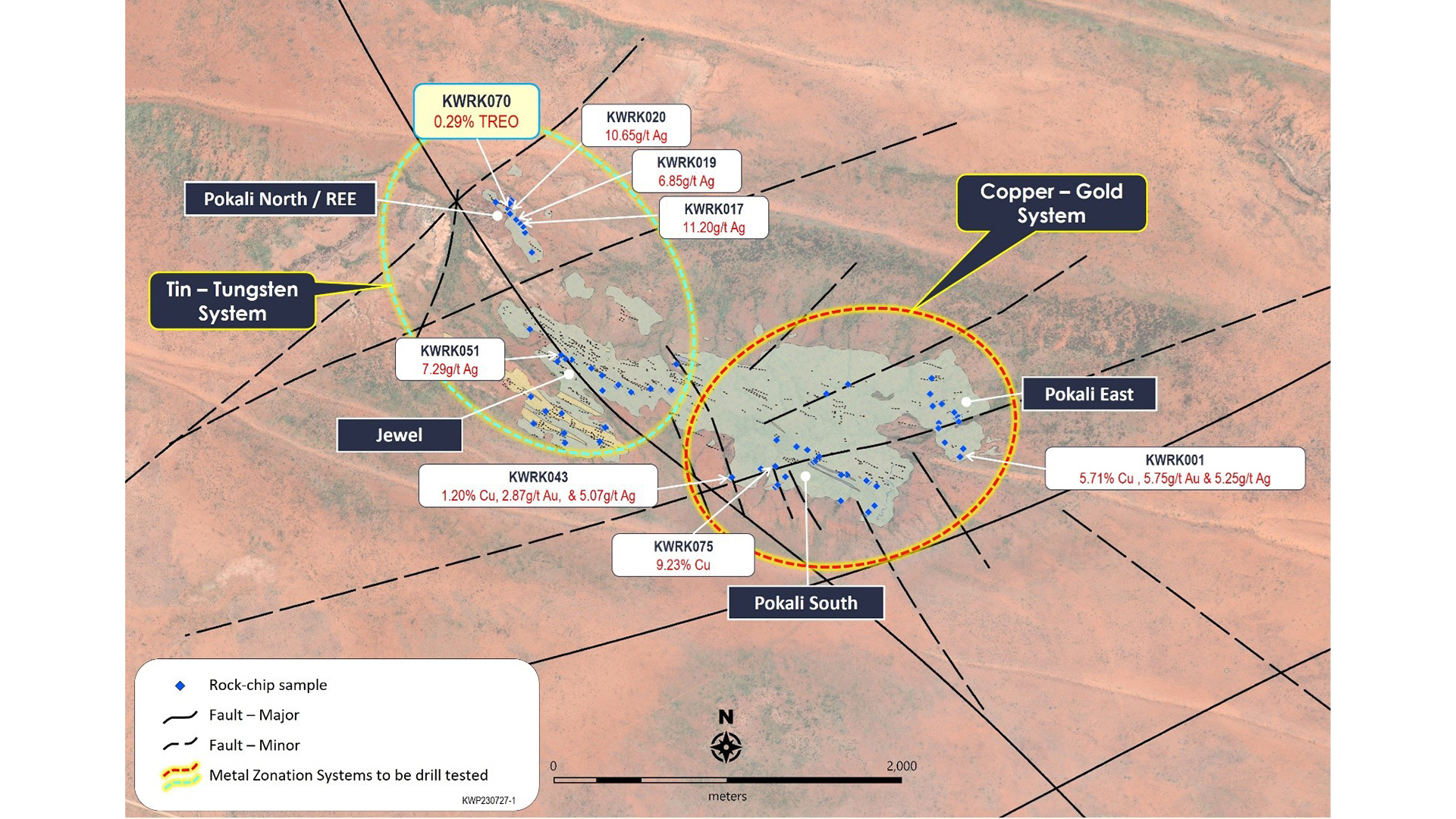
Put simply, there was at least two separate magmatic intrusion events that pumped in mineralising fluids dominantly enriched with copper-gold-silver or tin-tungsten respectively.
Notwithstanding this, Rincon also thinks there’s a seperate carbonatite intrusion not far away from Pokali North that delivered the REE enrichment, thought to be overprinting the tin-tungsten system.
The excitement on the Rincon team is now growing exponentially with the potential of discovering a major deposit!
Unforeseen challenges and silver linings
Following the completion of a second heritage clearance survey in September 2023, the company swiftly mobilised to the site in late November to begin its highly anticipated diamond drilling programme to test two deep high-priority gravity targets beneath the metal zonation areas with the aim of discovering rich lodes of copper, gold, or REE’s.
Unfortunately, despite careful planning, Rincon encountered unforeseen challenges during on-site preparations for drilling. The onset of Australia’s northern wet season forced the deferral of the programme into 2024.
Despite the setback, Rincon remained steadfast in its commitment to delivering value. Positive results from additional rock-chip sampling completed just ahead of the planned drilling programme reinforced the project’s potential, with additional positive REE results confirming new subtle REE trends that appear to coincide with key structural corridors (Fig. 3).
Pioneering ahead
Entering 2024, Rincon Resources sets the stage for significant developments at the West Arunta Project, with the eagerly anticipated diamond drilling programme scheduled to commence in late February. Moreover, Rincon has plans to conduct high-resolution ground gravity, induced polarisation, and passive seismic surveys, along with regional site reconnaissance mapping and sampling over several other priority targets within its project area throughout 2024.
Rincon remains resolutely committed to unlocking the abundant potential of copper and REEs in Western Australia’s mineral-rich landscapes, with its West Arunta Project emerging as a standout early exploration play. The journey thus far, characterised by successes, hurdles, and resilience, paves the way for an opportune new phase in the exploration of copper and REEs within one of Australia’s most auspicious mineral provinces.
Please note, this article will also appear in the seventeenth edition of our quarterly publication.

